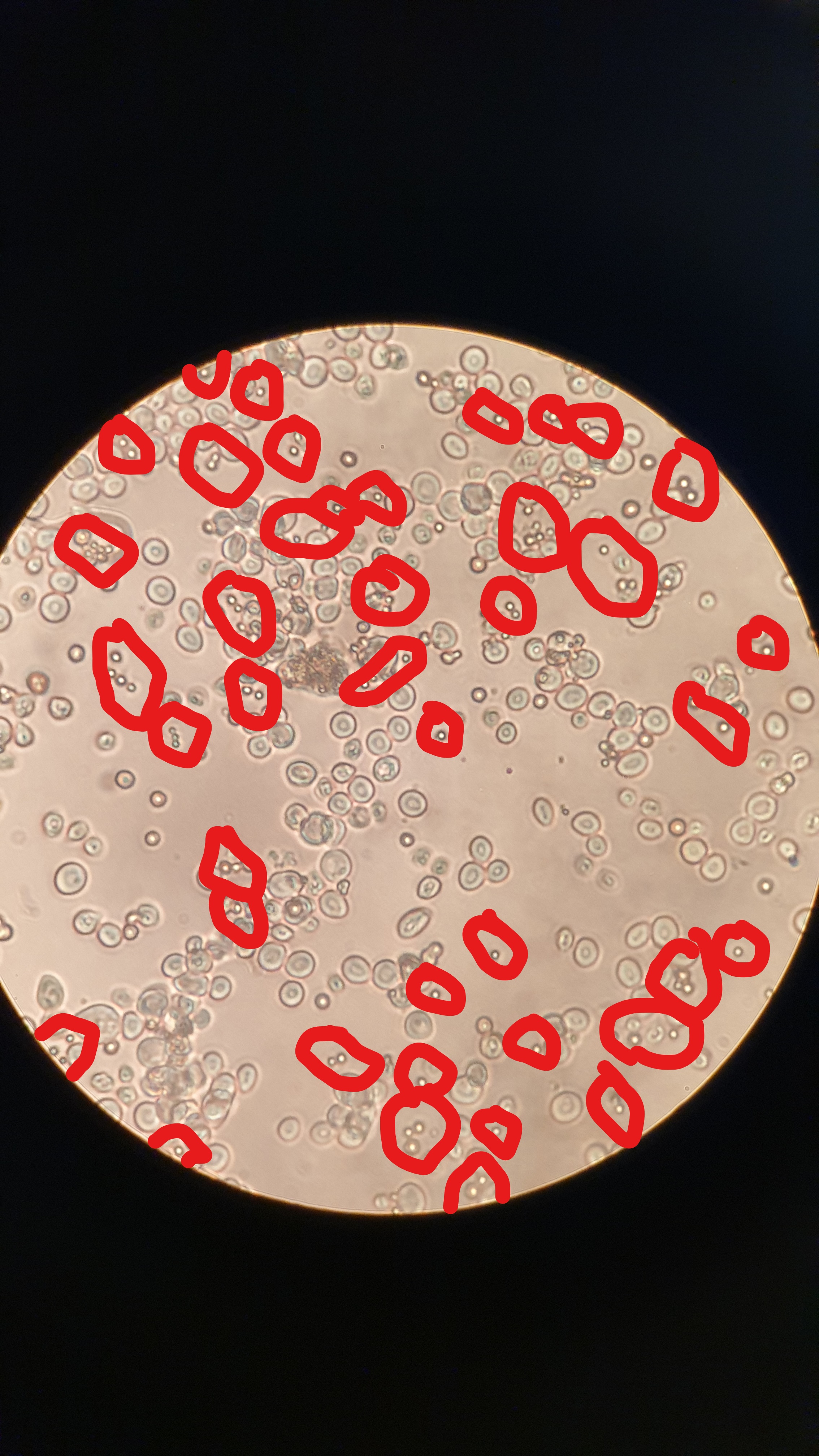Hello everyone,
unfortunately I have been struggling with an infection in beer for a long time. Beer tastes normal when bottled until around three weeks, then starts a strange aftertaste and gushing. I changed the equipment, used caustic soda, the problem returns. In order not to prolong the story, annoyed by this situation, I bought a microscope.
Test results of my last two beers. Fortunately, I have yeast slurries of these beers, and perhaps it will be possible to determine if contamination occurred during bottling or fermentation.
- light Ale, yeast K-97
* yeast slurries:





* bottle grounds:




* sediment visible on the bottle:

In the second post I will add photos of the second beer.
unfortunately I have been struggling with an infection in beer for a long time. Beer tastes normal when bottled until around three weeks, then starts a strange aftertaste and gushing. I changed the equipment, used caustic soda, the problem returns. In order not to prolong the story, annoyed by this situation, I bought a microscope.
Test results of my last two beers. Fortunately, I have yeast slurries of these beers, and perhaps it will be possible to determine if contamination occurred during bottling or fermentation.
- light Ale, yeast K-97
* yeast slurries:





* bottle grounds:




* sediment visible on the bottle:

In the second post I will add photos of the second beer.














